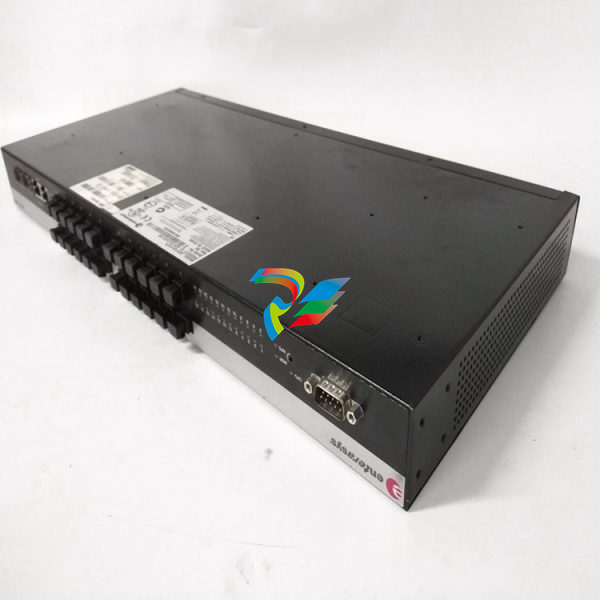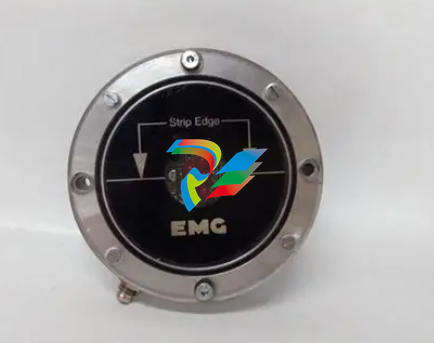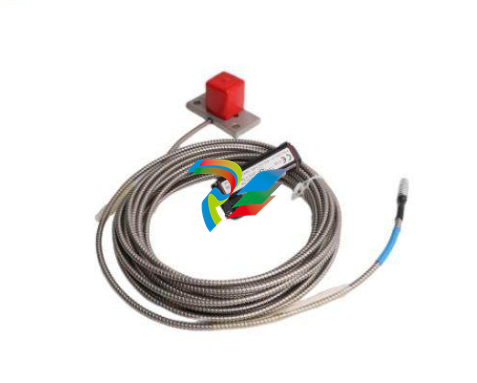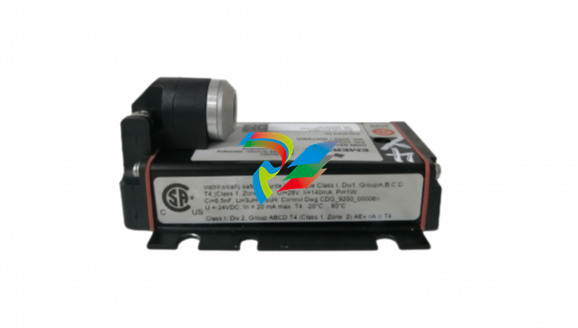
ABBDistributed busbar protection REB500 including line and transformer protection Product Guide
on the front of either the central unit or a bay
unit. The optical interface is completely
immune to electrical interference. The PC
software facilitates configuration of the entire
busbar protection, the set-ting of parameters
and full functional checking and testing. The
HMI500 can also be operated via the LON
Bus on MicroSCADA for example, thus eliminating a separate serial connection to the central unit.
The HMI runs under MS WINDOWS NT, WINDOWS 98, WINDOWS 2000 and WINDOWS
XP. The HMI500 is equipped with a comfortable on-line help function. A data base comparison function enables a detailed
comparison between two configuration files
(e.g. between the PC and the central unit or
between two files on the PC).
Remote HMI
A second serial interface at the rear of the
central unit provides facility for connecting a
PC remotely via either an optical fiber, TCP/IP
or modem link. The operation and function of
HMI500 is the same whether the PC is connected locally or remotely.
Additional
functionalities
Bay level functions
These functions are based on the well established and well-proven functions built in the
ABB line and transformer protection. The bay
level functions contain all the relevant additional functions, which are normally requested
of a line and transformer protection scheme.
The line protection functions (L-V1 - L-V7) are
used as Main 2 or back-up for lines as well as
for transformer bays. The transformer protection functions (T-V1 - T-V4) are used as Group
2 or back-up bay protection for transformer
bays or as an independent T-Zone protection.
Distributed busbar protection REB500
including line and transformer protection
High-speed distance protection
• Overcurrent or underimpedance starters
with polygonal characteristic
• Five distance zones (polygon for forwards
and reverse measurement)
• Load-compensated measurement
• Definite time overcurrent back-up protection (short-zone protection)
• System logic
- switch-onto-fault
- overreach zone
• Voltage transformer circuit supervision
• Power swing blocking function
• HF teleprotection. The carrier-aided
schemes include:
- permissive underreaching transfer tripping
- permissive overreaching transfer tripping
- blocking scheme with echo and transient blocking functions
• Load-compensated measurement
- fixed reactance slope
- reactance slope dependent on load
value and direction (ZHV<)
• Parallel line compensation
• Phase-selective tripping for single and
three-pole autoreclosure
• Four independent, user-selectable setting
groups.
In the supervision mode the active and reactive power with the respective energy direction
is displayed by the HMI500.
Autoreclosure
The autoreclosure function permits up to four
three-phase autoreclosure cycles. The first
cycle can be single phase or three-phase.
If the REB500sys autoreclosure function is
employed, it can be used as a back-up for the
autoreclosure realized externally (separate
equipment or in the Main 1 protection).
When the autoreclosure function is realized
outside of REB500sys, all input and output
signals required by the external autoreclosure
equipment are available in order to guarantee
correct functionality.
Synchrocheck
The synchrocheck function determines the difference between the amplitudes, phase
angles and frequencies of two voltage vectors. The synchrocheck function also contains
checks for dead line and dead bus.
Transformer differential protection
• For two- and three-winding transformers
• Auto transformers
• Three-phase function
• Current-adaptive characteristic
• High stability for external faults and current
transformer saturation
• No auxiliary transformers necessary
because of vector group and CT ratio compensation
• Inrush restraint using 2nd harmonic
The transformer differential protection function
can also be used as an autonomous T-zone
protection in a 1½ breaker scheme.
Thermal overload
This function protects the insulation against
thermal stress. This protection function is normally equipped with two independently set
levels and is used when oil overtemperature
detectors are not installed.
Peak value over- and undercurrent protection
These functions are used for current monitoring with instantaneous response and where
insensitivity to frequency is required.
Peak value over- and undervoltage protection
This function is used for voltage monitoring
with instantaneous response and where insensitivity to frequency is required.
Frequency function
The function is used either as an over-/ underfrequency protection, or for load-shedding in
the event of an overload. Several stages of
the frequency protection are often needed.
This can be achieved by configuring the frequency function several times.
Rate of change frequency protection df/dt
This function is used for the static, dynamic
and adaptive load-shedding in power utilities
and industrial distribution systems. The function supervises the rate-of-change df/dt of one





























































































































